Samurai Bringer is Samurai Warriors: The Roguelike. If that doesn’t have you rushing to the eShop to buy it right now, then you’re probably not a regular reader of DigitallyDownloaded.net. This game is an excellent, clever, interesting and entertaining take on the roguelike, and while I’m getting increasingly burned out by that term and genre, games like this remind me that there is still some creativity left to squeeze out of the stone.
The main hook here is your ability to create your own attack routines and “equipment” on the fly. It’s a little overwhelming at first, but before long you’ll start wondering if you can ever go back to more mundane equipment systems. To try and explain it in basic terms: as you defeat enemies they will drop scrolls, which allow for a wide range of abilities from standard attacks, dodges and jumps, through to more exotic skills like sweeps, ranged attacks and magical abilities. You can map these abilities to buttons, and work off a completely blank slate; you don’t even have a basic attack unless you map it.
The trick is that you can both pile up abilities to a single action, and create combos that are mapped to each button. So, for example, you could stack four “normal” attack scrolls and four “power” scrolls to a single button press, and then get a very powerful swing of your sword out of it. Then you could follow that up by setting up two more button presses that enact a sweeping attack and a dash. In combat that would mean you then had a three-button combo to swing, sweep, and then duck out of the way.
By the time you’ve done this to all your buttons, your character is a massive mess of skills and abilities intricately linked together into combos that suit your gameplay style. You’re going to need to do a lot of experimentation to arrive and a blend of abilities that you like, but the potential combinations available to you number in the literal millions. It is, effectively, the most complex and engaging character equipment customisation system I’ve ever seen, and I cannot enthuse enough about it.
For those who are less creatively inclined, you don’t need to worry about trying to master this system. As you play you will defeat a large number of great generals from the Sengoku era (i.e. the names you know from the Samurai Warrior series), and once you’ve defeated them, you can suit up as one of them for your next run through the game. Each samurai comes pre-kitted out with a full set of skills and abilities, and that allows you simply go out there and bash away at the buttons instead of spending an age carefully building up a moveset. All these samurai look cool thanks to the game’s gorgeous art style, and their attacks are incredibly stylish, so there’s a lot of fun in playing that way too.
On the battlefield, it really is one-vs-one-thousand stuff. Much like in Samurai Warriors enemies come at you in little hordes and are generally led by a named personality. Also, much like Samurai Warriors, it’s only the named leader that’s going to be much of a threat, but if you get swamped by two or three of these little mobs, you can see your health start to slide quickly. To add to the challenge, you can’t turtle your way through this game as there’s a day-night cycle that ticks by quite quickly and with each new morning enemies get tougher. This will actually take a bit of adjustment for roguelike veterans (who will be used to enemies getting tougher with new dungeon levels rather than time intervals), but I quite like it for an action game like this. It forces you to take some risks rather than rely on being able to grind away.
Samurai Bringer is generally difficult. The difficulty scales rapidly from day to day, and you’ll get the best rewards (and the ultimate goal as you play) by making things even more difficult for yourself and descending into a yokai-infused “dark world”, where things get even more difficult. You’ll have a lot of “runs” cut well short before you start grappling with Orochi. Challenge and failure is part of the roguelike experience, of course, and Samurai Bringer is also quite generous in what you get to keep from one unsuccessful run to the next, so it doesn’t feel as punitive as some of its genre peers. Progression is an exercise in repetition, but you’ll feel like you’re making your way through the game at a good rate.
There’s not much of a story to talk about with Samurai Bringer. You’re a tool of Amaterasu (the sun god) that has been tasked with defeating Orochi (basically, Japan’s take on the hydra, and a supremely powerful demon-monster). After a bit of an introduction, however, you’re effectively thrown into endless action. With that being said, Samurai Bringer benefits from the association with the same period of Samurai Warriors – you don’t need to have Oda Nobunaga introduce Samurai Bringer because you already know who he is from Koei’s previous work – and that’s really enough narrative context and incentive to push on.
I went into Samurai Bringer expecting a generic roguelike (albeit with a samurai setting). On a cursory look of the screenshots, that’s what it seems to be. But it soon becomes clear that it is a very substantial departure from other action-roguelikes. This isn’t Hades-but-with-katanas. This is what I would expect a Samurai Warriors roguelike to be like, and the strength of that concept is backed up with one of the best and most engaging equipment customisation systems I’ve ever seen. In a year that, just four months in, has been packed with so many high-quality releases, Samurai Bringer might be flying right under the radar, but it’s actually one of the best of them.
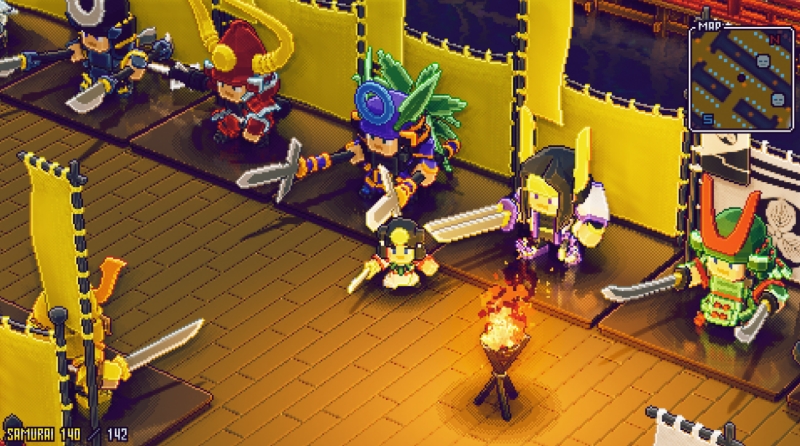

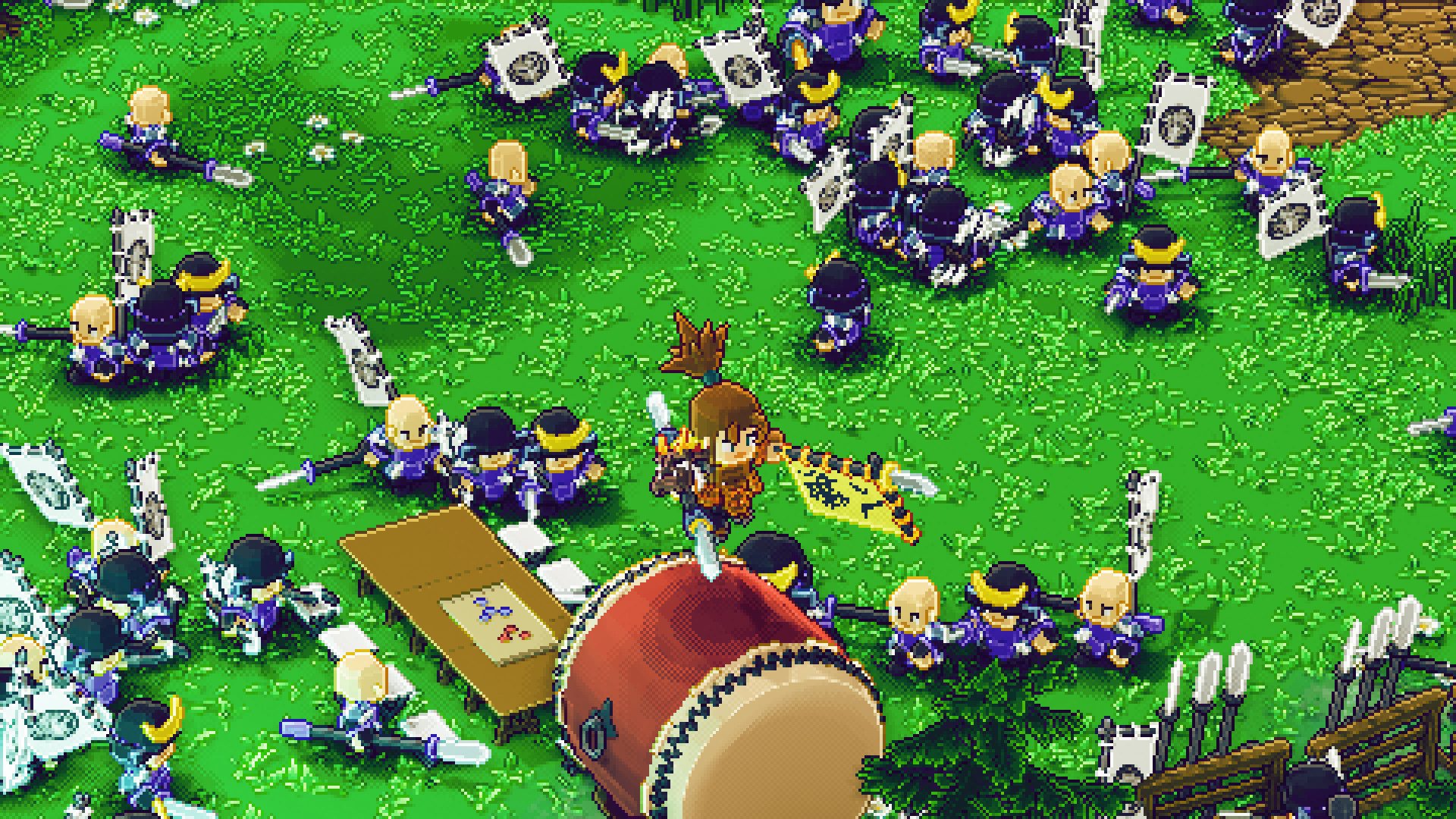


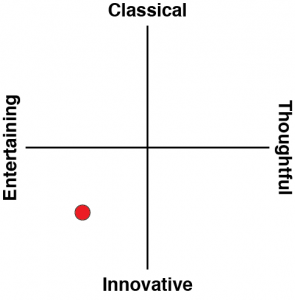
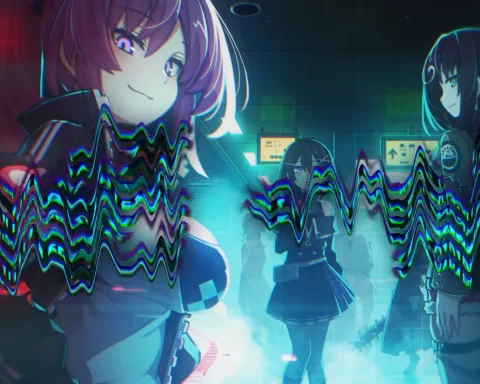


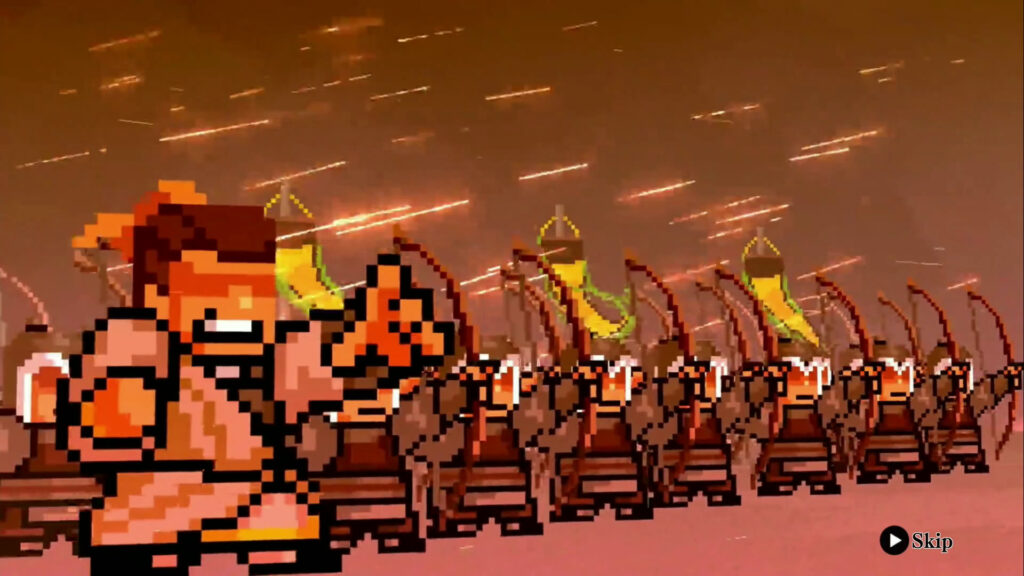
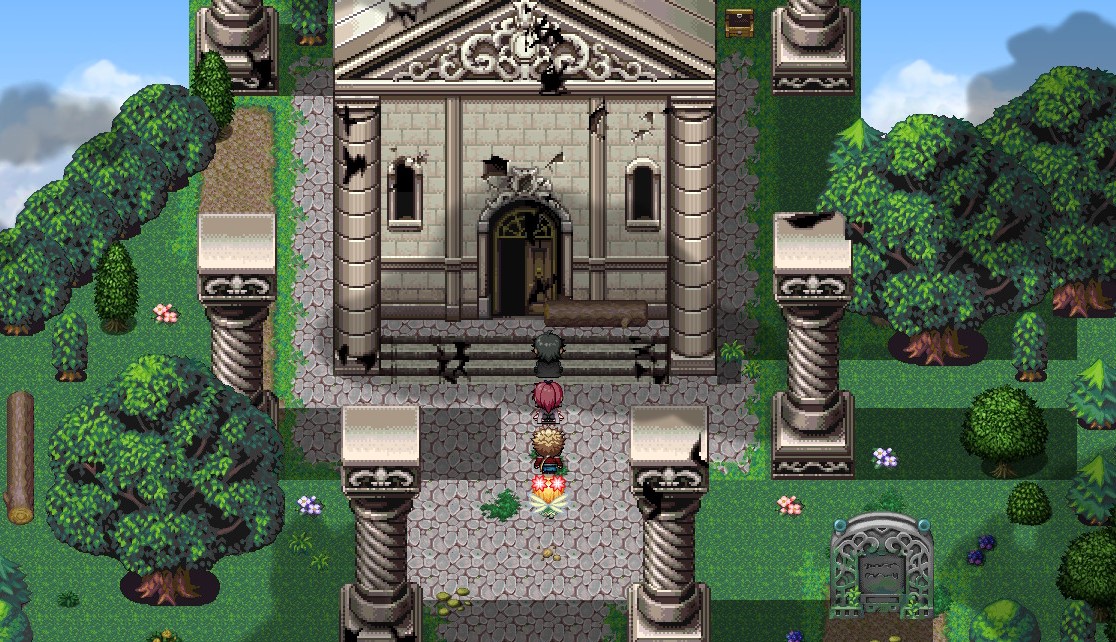

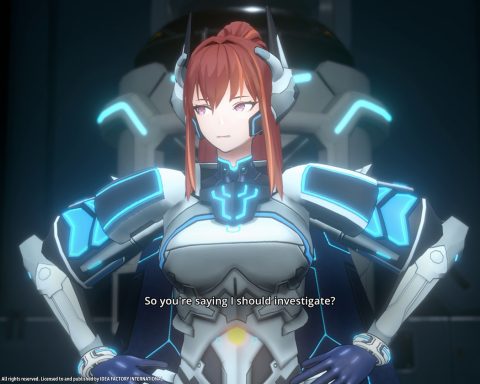

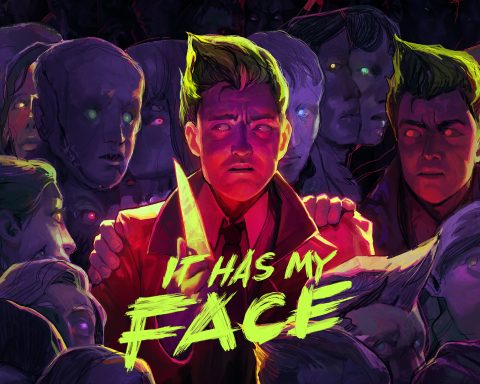
This pixel art and effects look so good that I wish it had a good CRT scanline feature.
There’s a Twitter account that shows how old games’ pixels were made with the CRT in mind and shows how they look better when displayed on CRT.
Usually the CRT mode in retro game collections are not exactly like the original thing, it’s something that takes effort to replicate.
This game looks better than the screen shots, imagine if it could look even better.